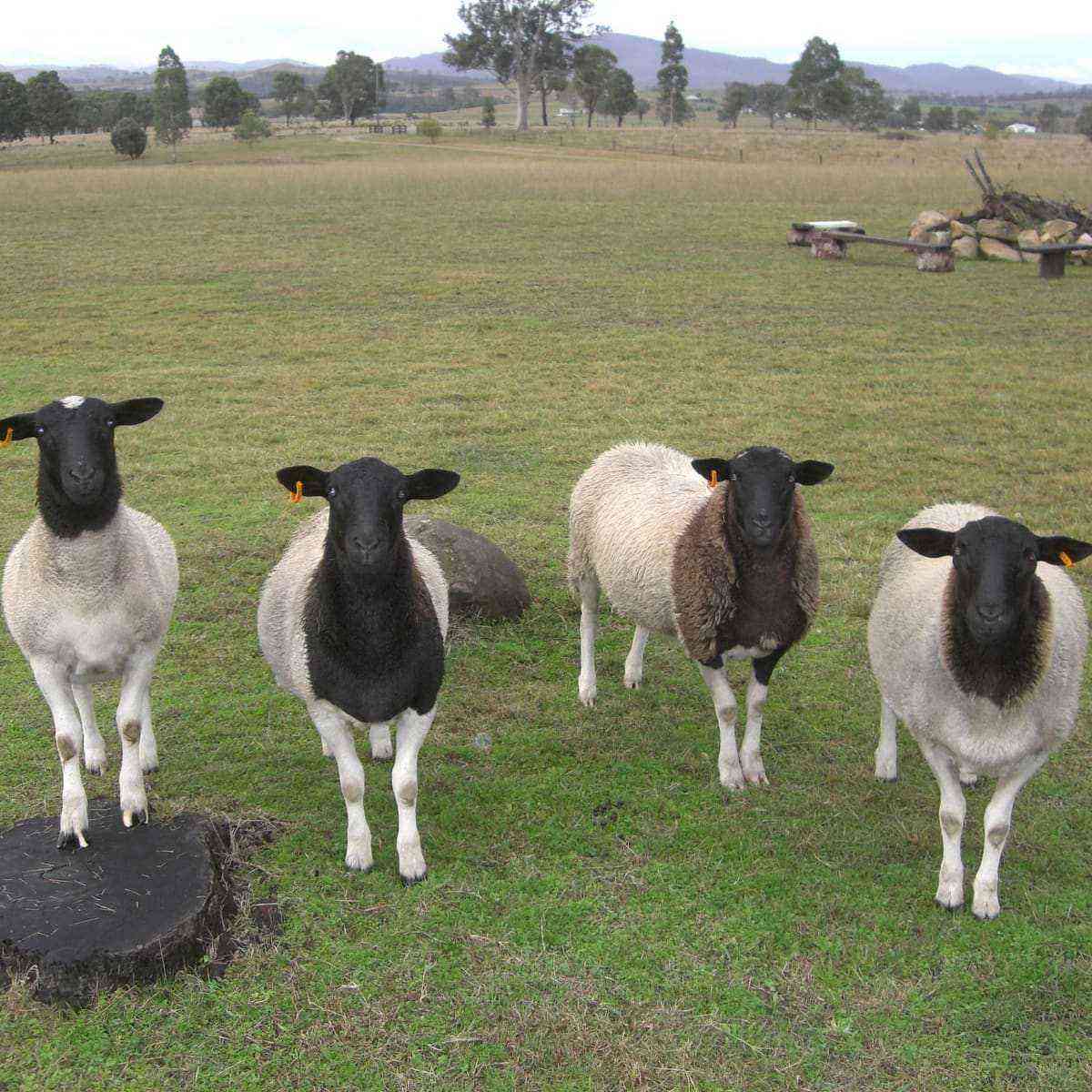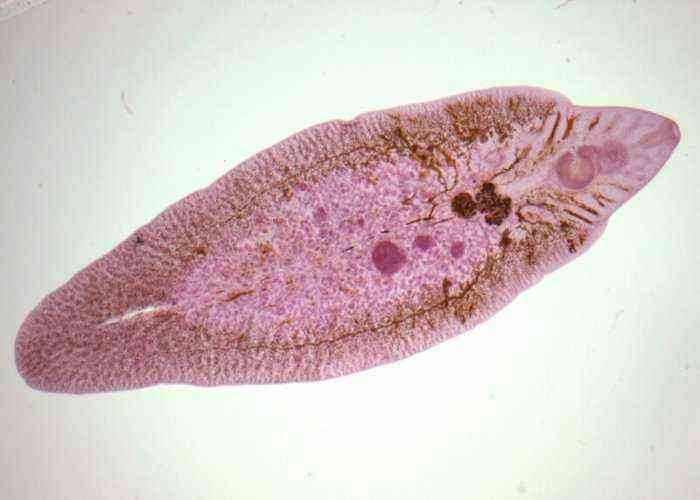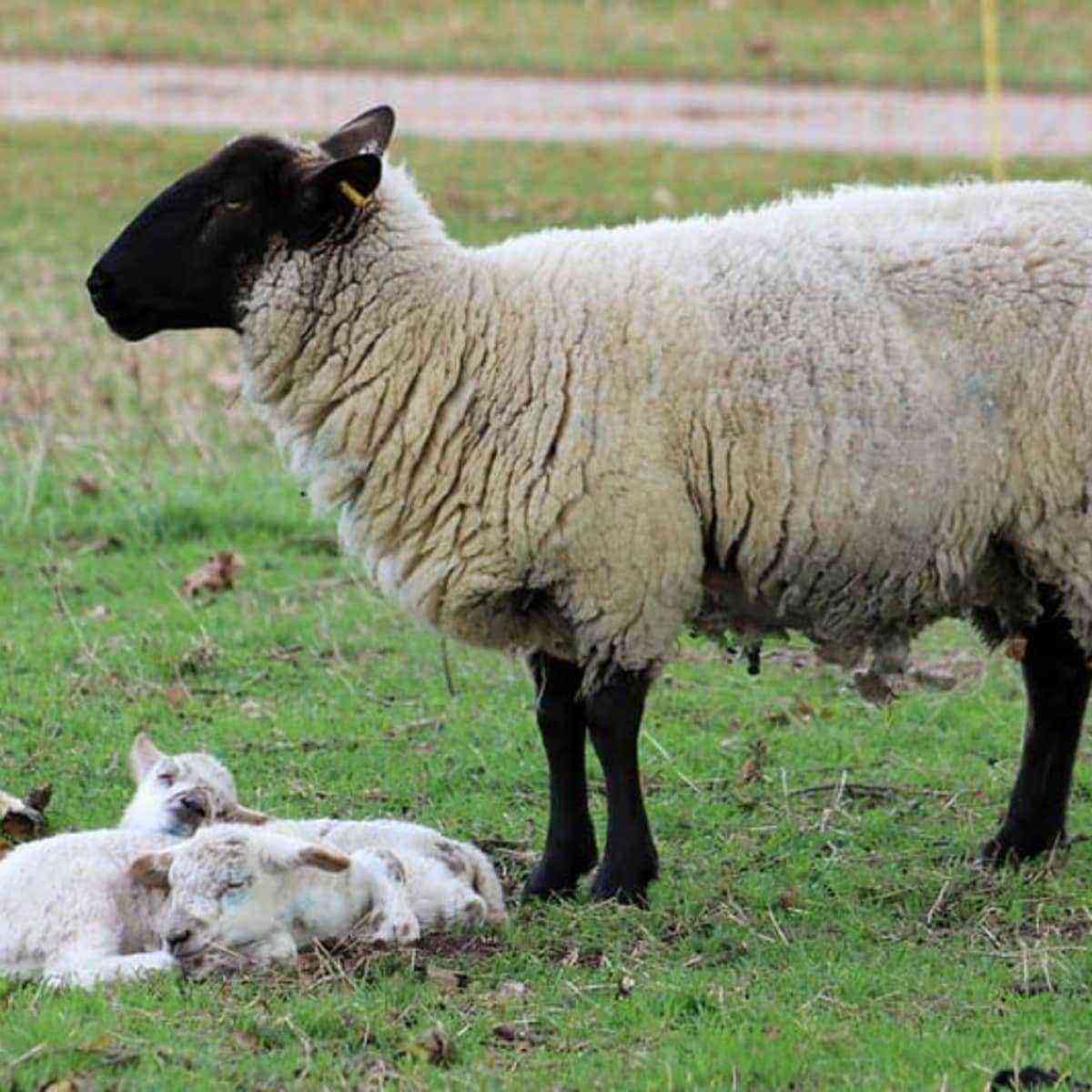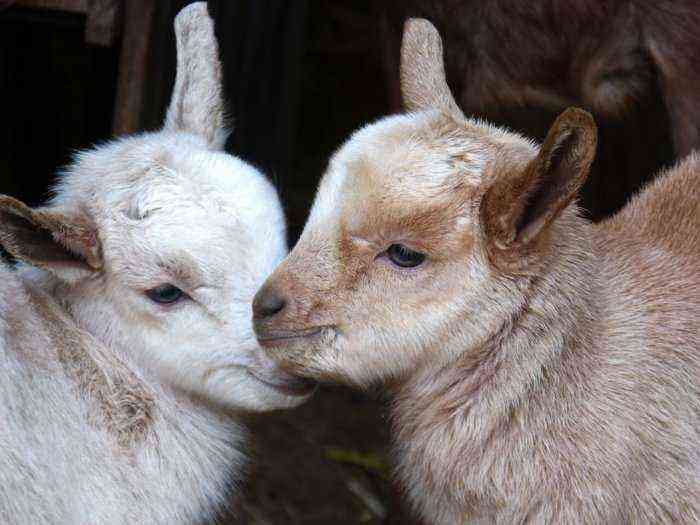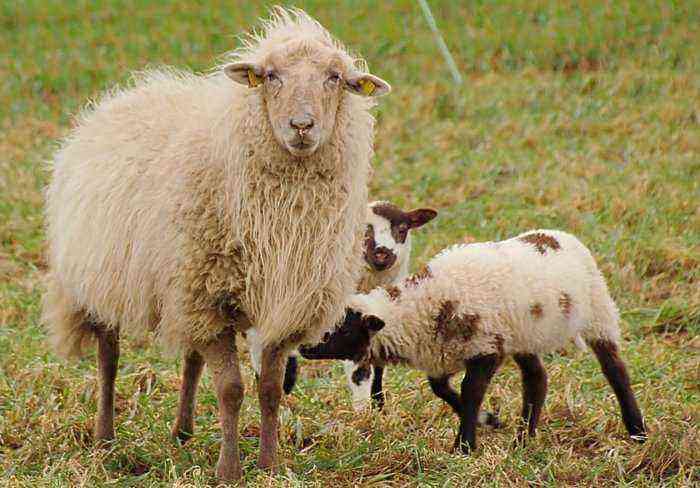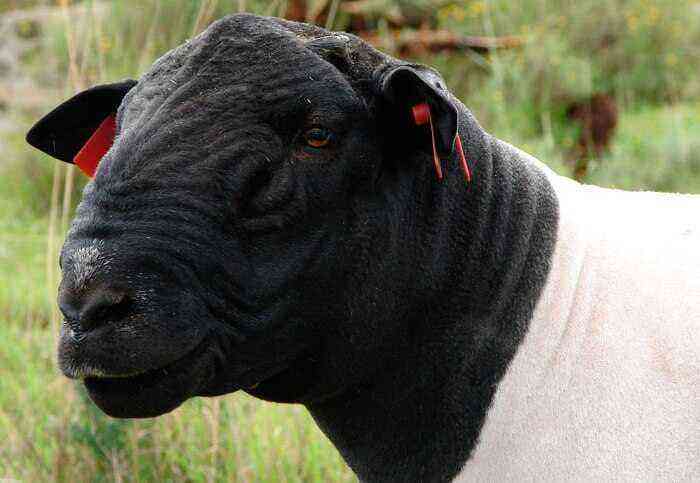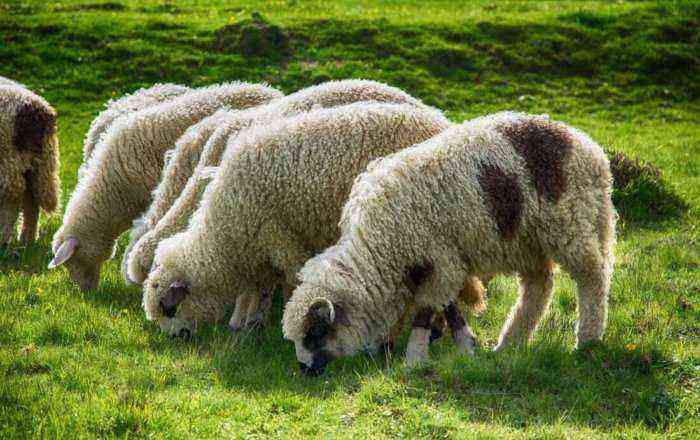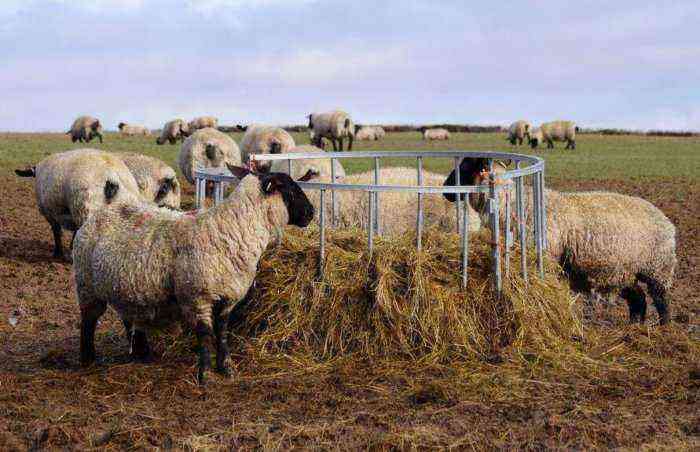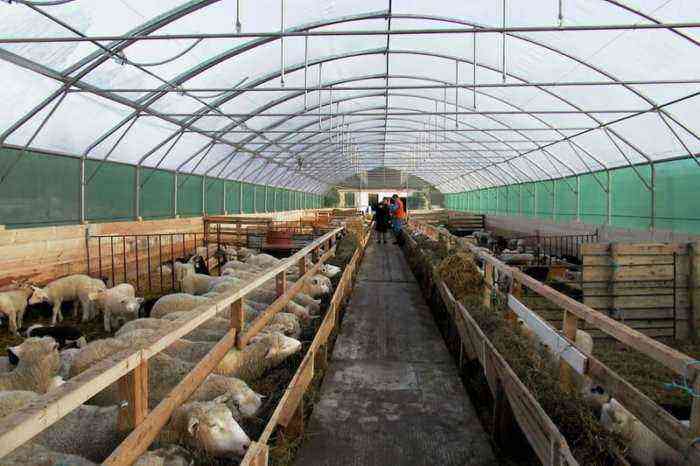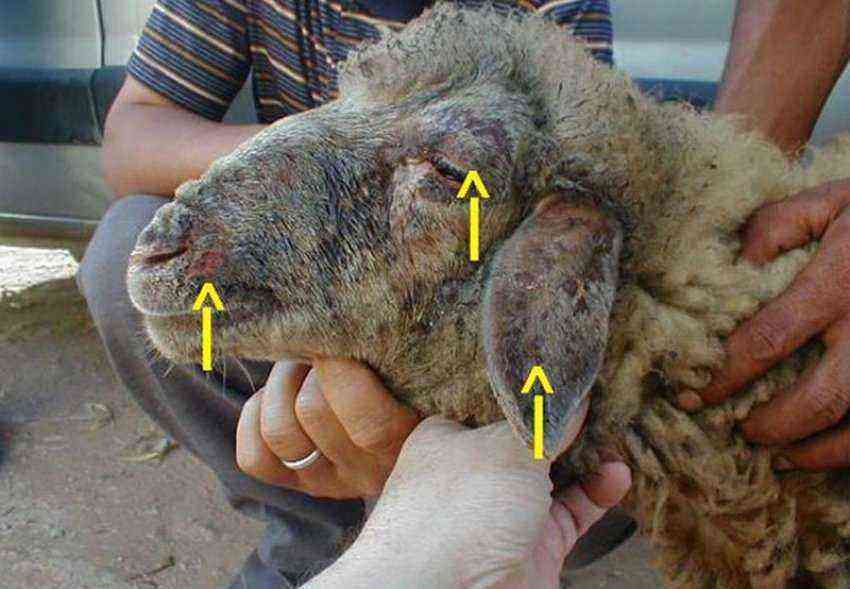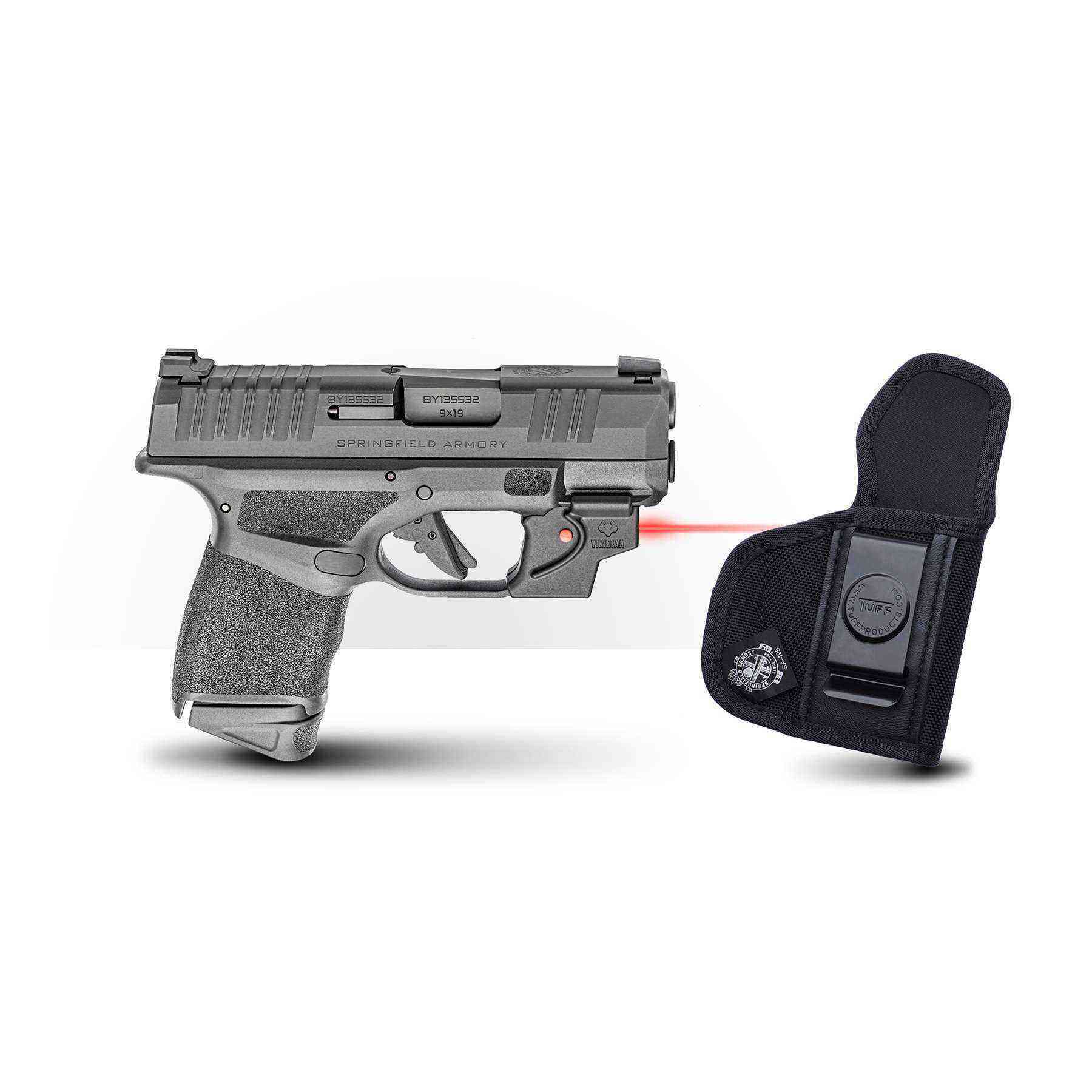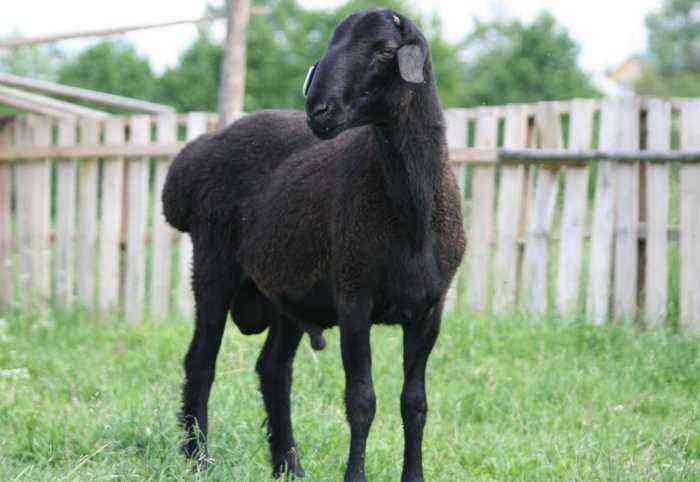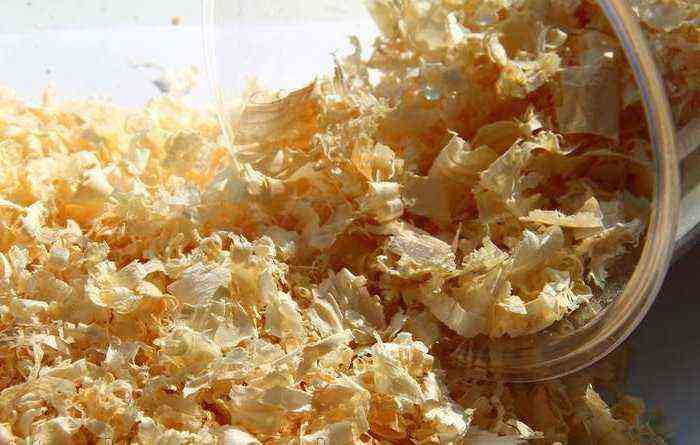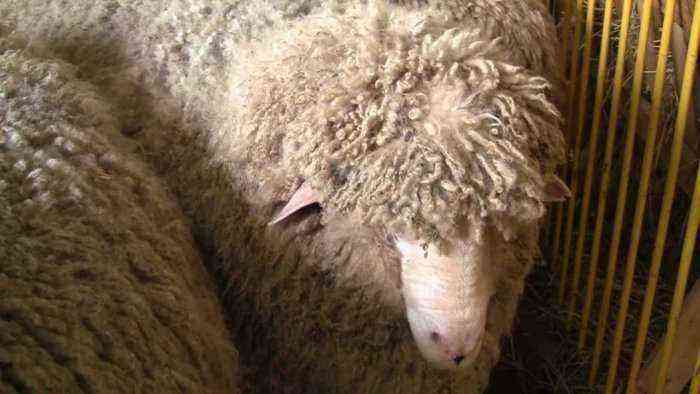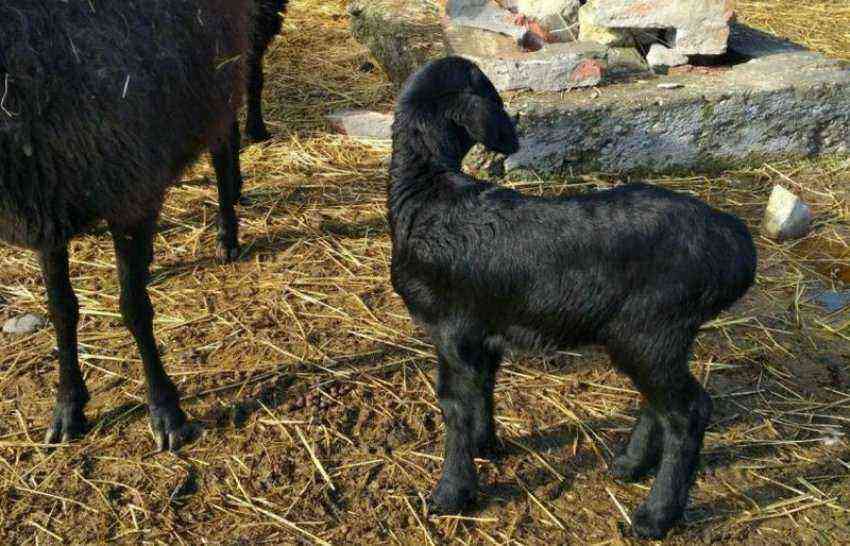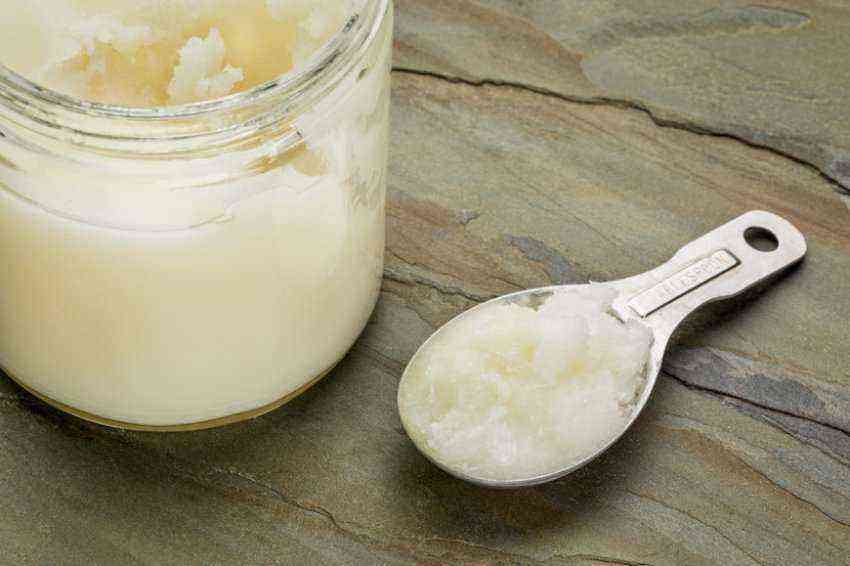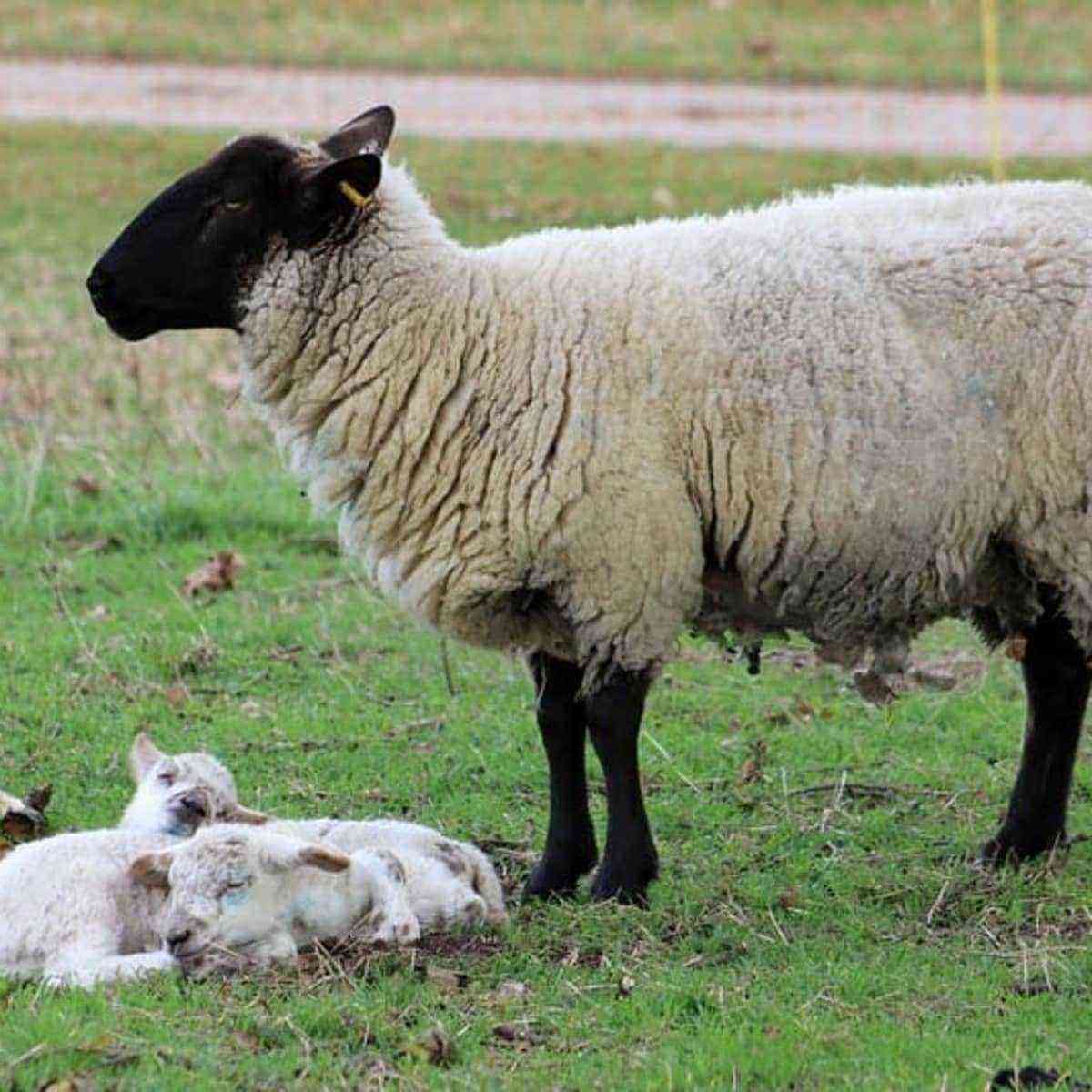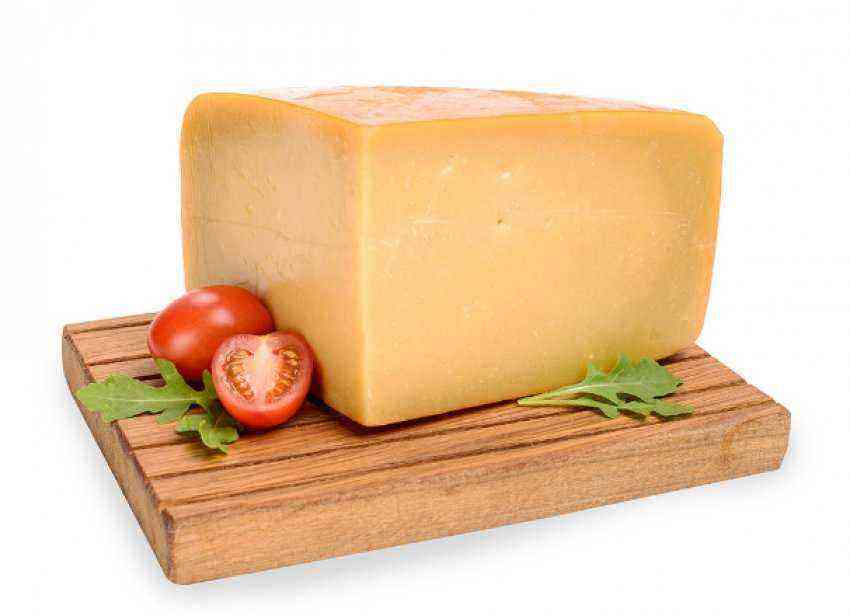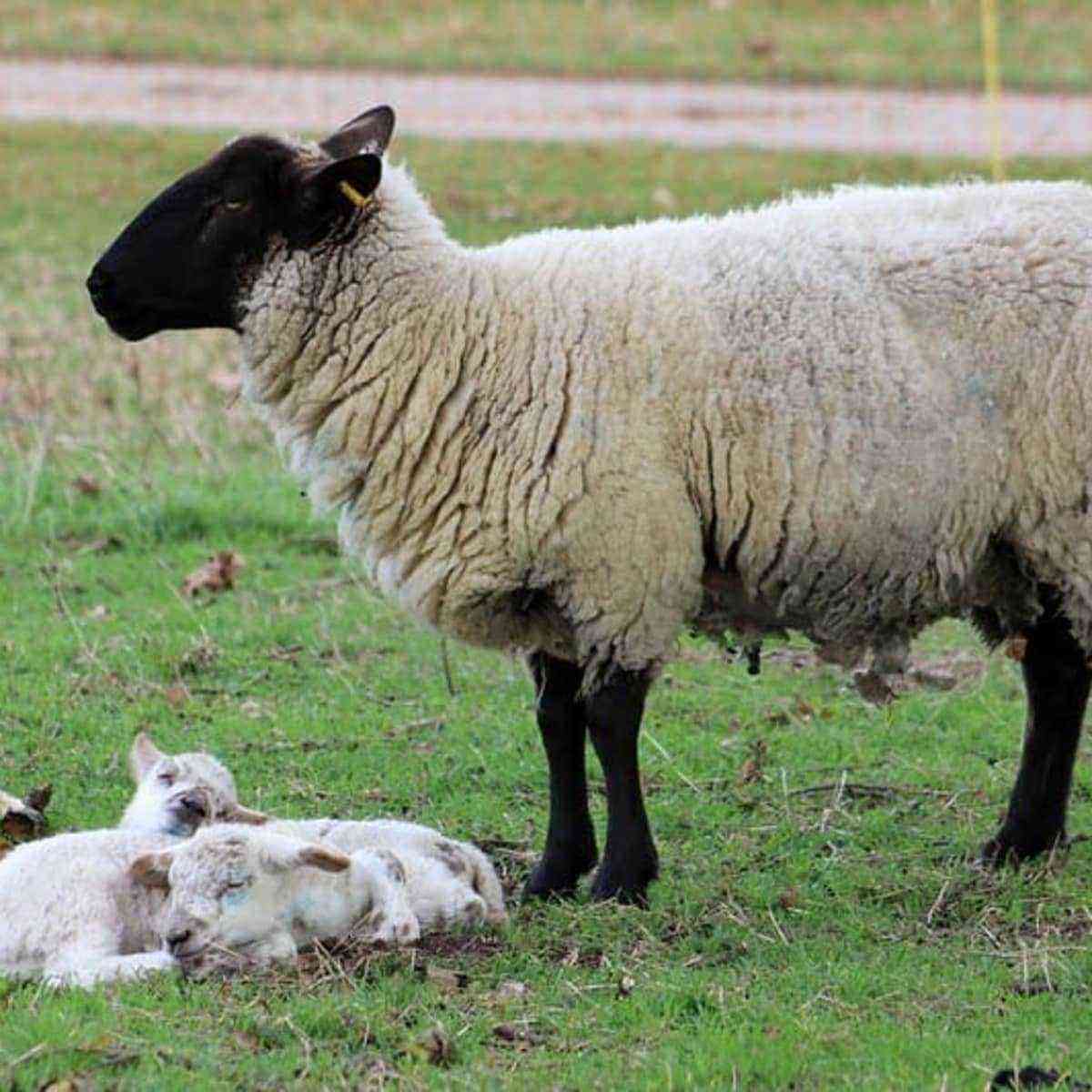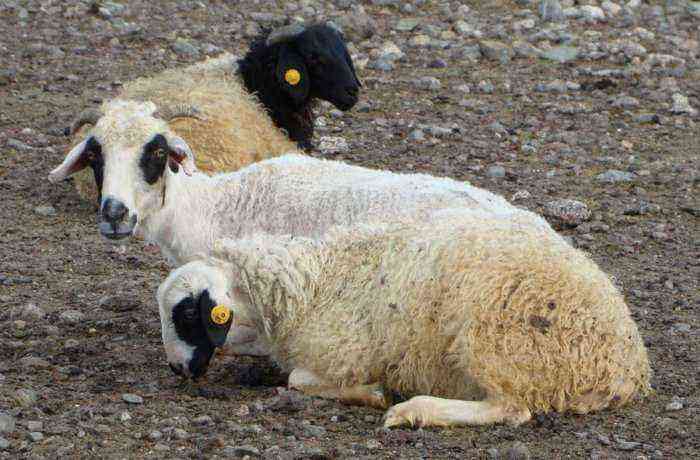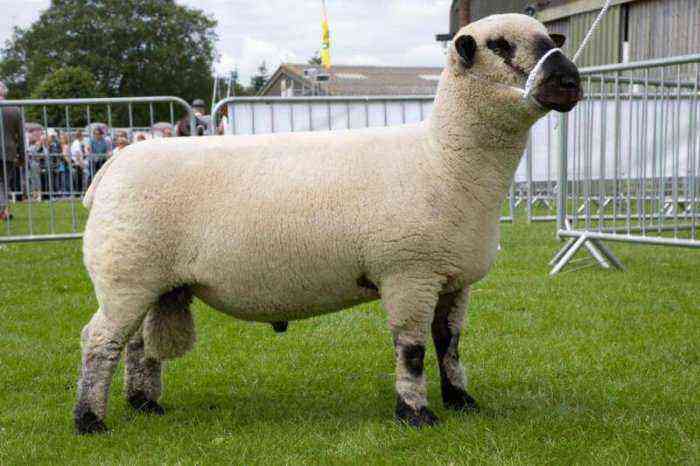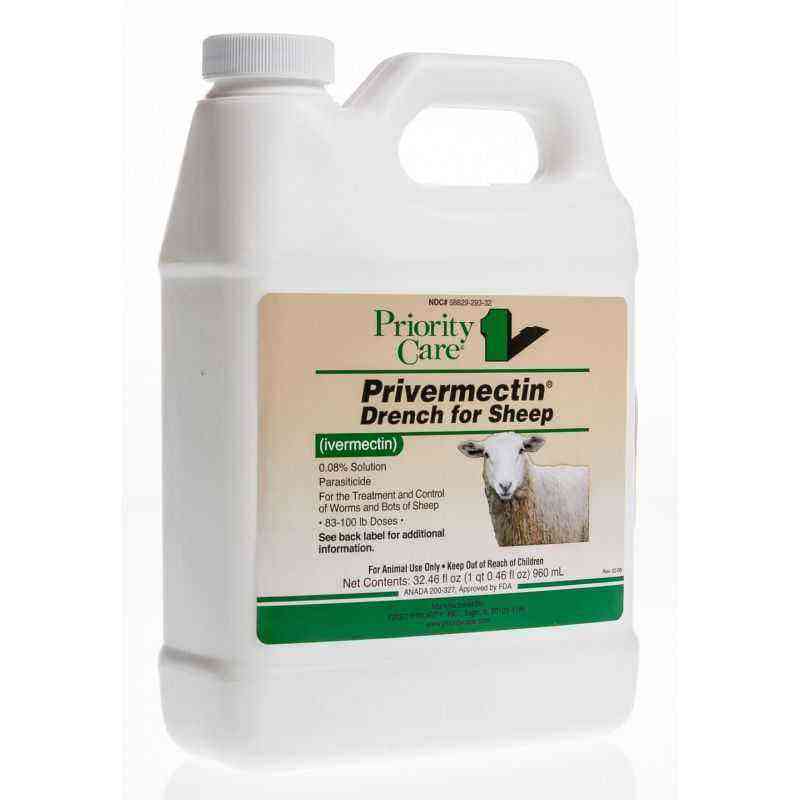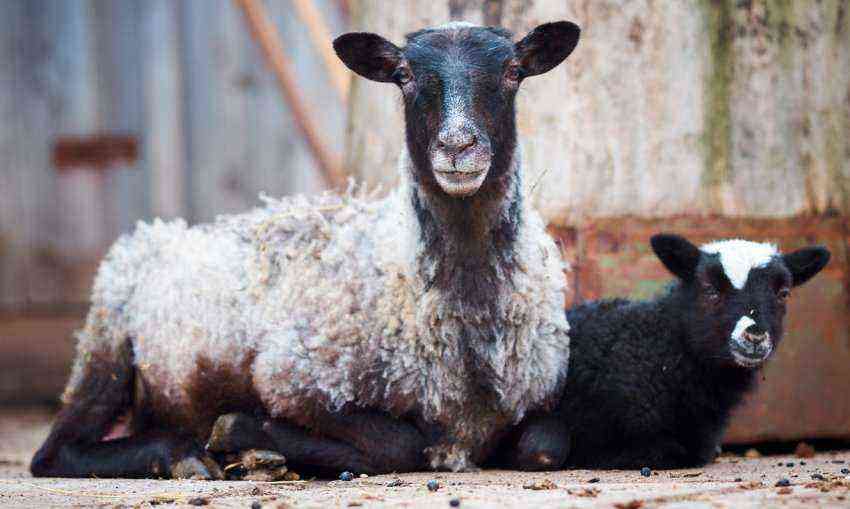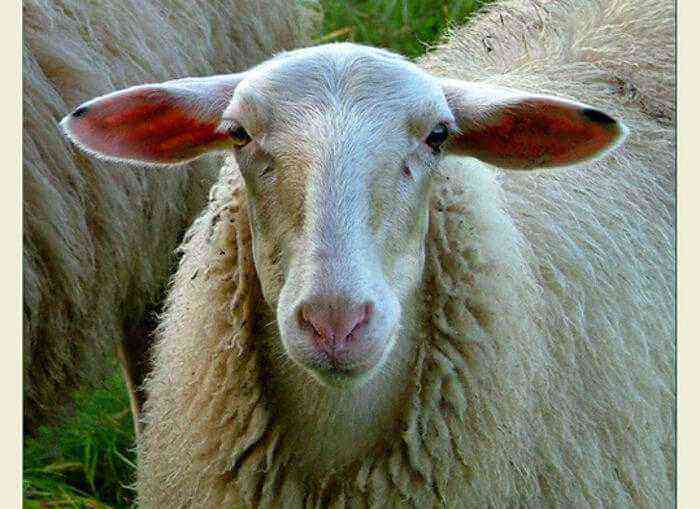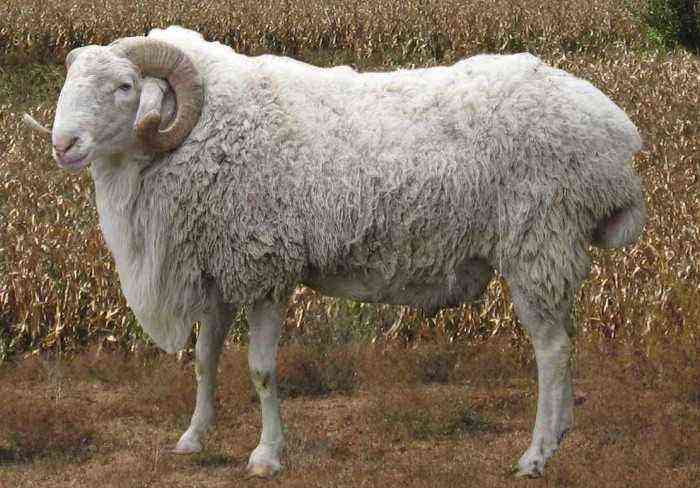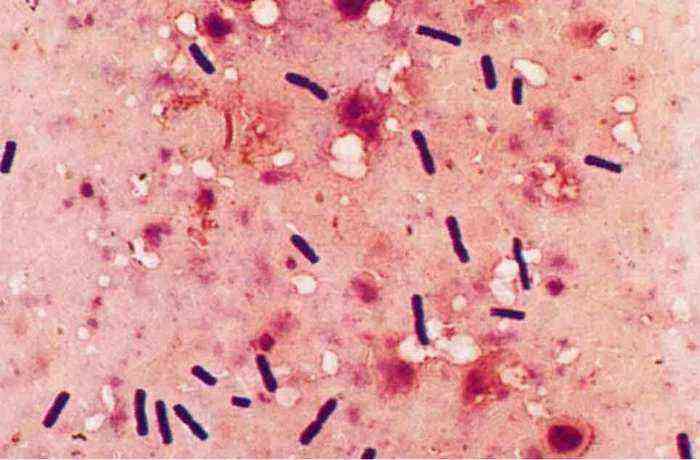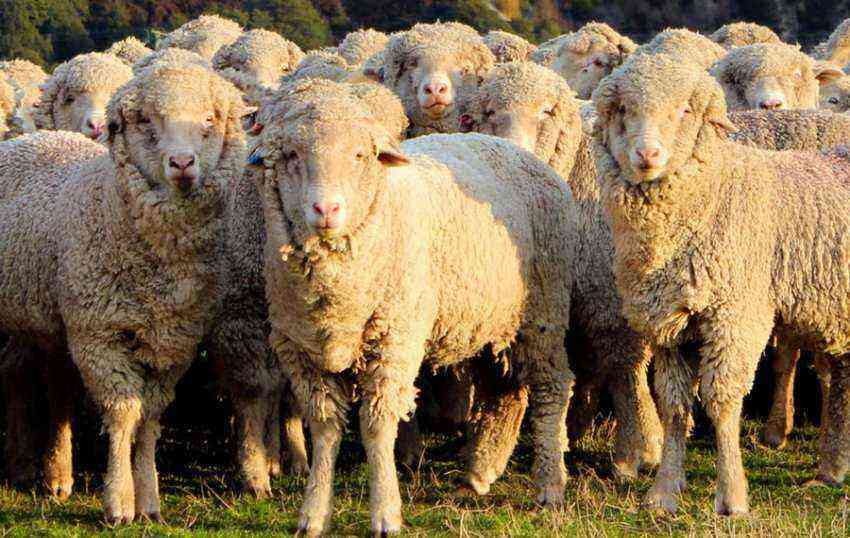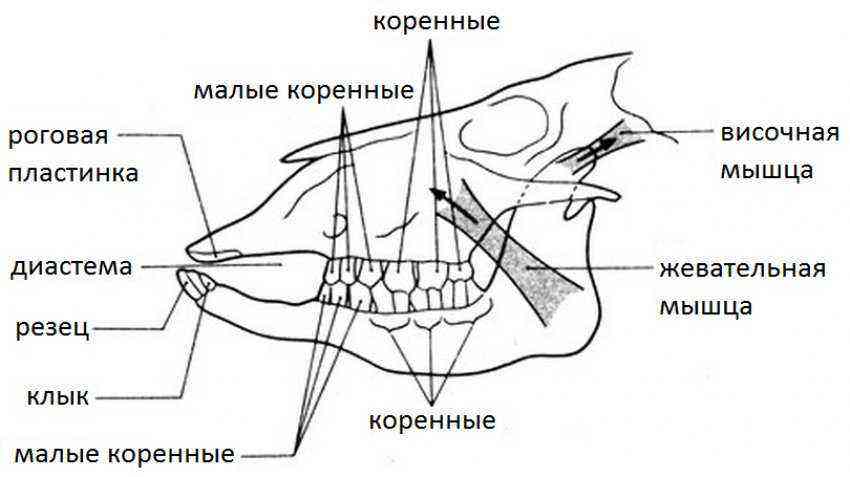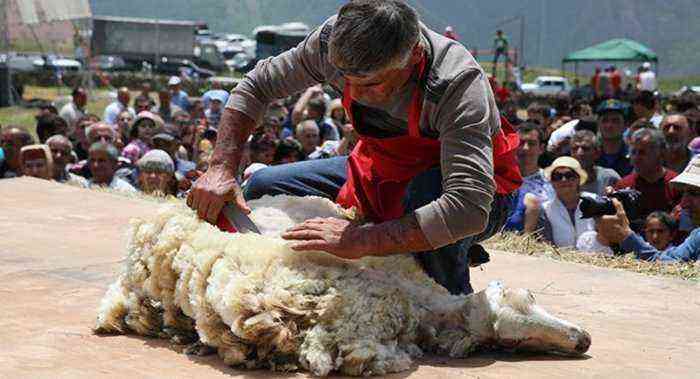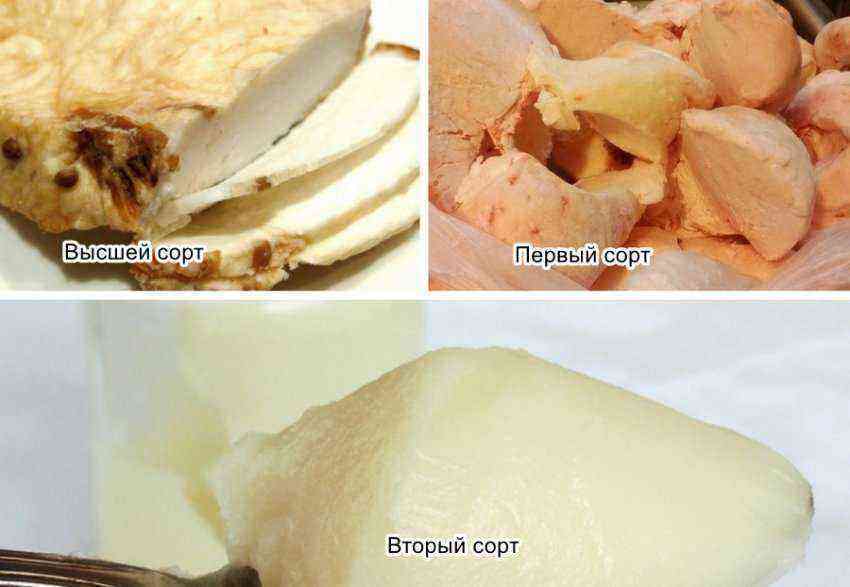Castration of sheep in large farms is one of the mandatory procedures – of course, if only good indicators of animal meat productivity are needed. At first glance, the procedure seems very complicated, but if you carefully understand it, the farmer will be able to complete all the steps without outside help. What exactly is worth knowing about the methods of castration and the rules for its implementation – read on.
Sheep castration
It is worth starting the study of the issue of castration of rams by answering several important questions: why this procedure is needed at all (perhaps, in your particular case it will be superfluous), at what age it is best to castrate animals and what features of the structure of their reproductive system should be taken into account. In addition, it is worth considering various ways to complete the task, choosing the most optimal option for yourself.
Why you need to castrate sheep: indications and contraindications
Castration is a surgical intervention to stop the functions of the genital glands of an animal, in this case a ram. Most often, such an operation is resorted to to improve the fattening process of young animals, reduce the aggressiveness of males and their general activity. In addition, the resulting meat products are deprived of their unpleasant odor, which in some cases is considered a very weighty argument in favor of castration.
No matter how a person interferes with the natural reproductive processes in the animal’s body (blood or bloodless), as a result, he gets a ram, unsuitable for further breeding work.
Did you know? Sheep have an excellent memory and remember their shepherd well. After mixing several flocks (for example, at a watering place), each animal unmistakably looks for “its” person and follows him.
Age at which castration should be performed
The optimal age of a ram for castration depends on the chosen method of performing the procedure. Thus, surgical procedures are best performed when the animals reach 2 or 4 weeks, since at a later date the testes become much larger and more difficult to work with. In addition, the active development of the connective sheath, which complicates the process of clamping the spermatic arteries, also becomes a problem.
 Without an incision in the vaginal layer, animals are usually castrated at 2 to 6 months of age, and partial castration (the rarest type) is used for young animals of 2 or 3 months of age.
Without an incision in the vaginal layer, animals are usually castrated at 2 to 6 months of age, and partial castration (the rarest type) is used for young animals of 2 or 3 months of age.
The structure of the reproductive system of a sheep
Without knowledge of the anatomy of sheep, one should not consider the possibility of self-castration of sheep, since there is a high probability of serious damage to the organs of animals and their further rapid death.
Males are characterized by oval testicles, which in lambs have a more elongated shape, and with age acquire the outlines of an almost perfect circle. From 2 to 5 months of life, their size is no larger than the size of a chicken egg, and the body of the testis is formed by connective and parenchymal tissue layers. A special characteristic in sheep is the weak expression of the stroma, with a clearly visible parenchymal part, which makes the testes not so dense.
Did you know? Sheep of the Urial breed (no more than 6 years) are characterized by a minimum lifespan, but bighorn sheep are considered long-livers among these animals, whose age when bred at home can reach 24 years.
The seminal appendages are a network of convoluted vas deferens that form a dense patch. Its nutrition is largely due to the vas deferens, separated from the umbilical zone. The scrotum is presented in the form of a large skin bag with the gonads of the animal inside. The specific feature of these organs is the low location of the testes and the formation of the cervical zone of the scrotum.
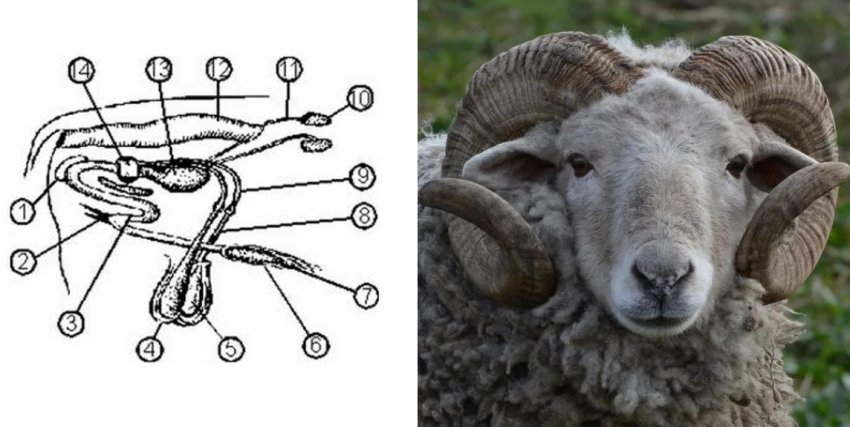 Sheep genitals: 1. Bulbous glands, 1-3 cm in size, oval; 2. Muscle retractor (retractor); 3. S-shaped bend of the urogenital canal; 4. Scrotum; 5. Testis with an appendage: the testis is elliptical in shape, the dimensions in adult males are 10–11 cm long, 6 cm thick, and weigh 250–300 g. The testis appendage adjoins the posterior edge of the testis. The head is located on the top of the testis, the body is on the back, and the tail is on the bottom of the testis; 6. Prepuce 7. Penis with a process of the urogenital canal, which reaches a length of 3-4 cm and plays a role in the spraying of sperm. The total length of the penis during an erection reaches 0,5 m; 8. spermatic cord; 9. sperm pipeline; 10. Kidney; 11. Ureter; 12. Rectum; 13. Bladder
Sheep genitals: 1. Bulbous glands, 1-3 cm in size, oval; 2. Muscle retractor (retractor); 3. S-shaped bend of the urogenital canal; 4. Scrotum; 5. Testis with an appendage: the testis is elliptical in shape, the dimensions in adult males are 10–11 cm long, 6 cm thick, and weigh 250–300 g. The testis appendage adjoins the posterior edge of the testis. The head is located on the top of the testis, the body is on the back, and the tail is on the bottom of the testis; 6. Prepuce 7. Penis with a process of the urogenital canal, which reaches a length of 3-4 cm and plays a role in the spraying of sperm. The total length of the penis during an erection reaches 0,5 m; 8. spermatic cord; 9. sperm pipeline; 10. Kidney; 11. Ureter; 12. Rectum; 13. Bladder
The skin of the genital organs and its layers in young rams are relatively thin and densely covered with short hairs. Fat and sweat glands pass through the thickness of the skin, separated by a middle suture. The layer of muscles is represented by a strong shell connected to the skin and forming separate areas for each testis. In old rams, this part contains a well-developed subcutaneous layer of fat.
The common vaginal membrane is the layer that was formed by the protrusion of the inner part of the abdominal wall when the testis was lowered. In contrast, a special vaginal membrane runs along the surface of the genital glands along with the appendage.
Castration methods
In different cases, various methods of performing the procedure are suitable for castration of sheep, of which many farmers prefer bloodless options. Firstly, they are much simpler from the technical side, and secondly, the duration of the rehabilitation of animals will be shorter, and the farmer will not need much effort.

Blood free
The main types of bloodless castration are elastration (provides for the presence of rubber rings), the process of destruction of the spermatic cord or testicular parenchyma. Each case has its own characteristics and rules for performing the task, which you should definitely study before starting practical actions.
Elastration
Elastration is deservedly considered one of the simplest and most well-known ways to limit the reproductive function of sheep. It consists in applying special rubber rings to the neck of the scrotum, using forceps. Both an experienced farmer and a novice sheep breeder can easily cope with this task, but it is best to castrate young lambs up to 4 weeks of age (later the testes increase in size and it becomes problematic to use rings).
The sequence of actions during elastration will be as follows:
- First you need to fix the lamb in the most comfortable position for yourself.
- Then put the elastic band of the ring on the jaws of the forceps and stretch it to a diameter sufficient to pass the testicles through it.
- Pass the scrotum through the elastator ring and remove it at the neck of the scrotum, leaving it in this position for about 2 weeks.
This time will be enough for complete atrophy and death of the gonads of the lamb.
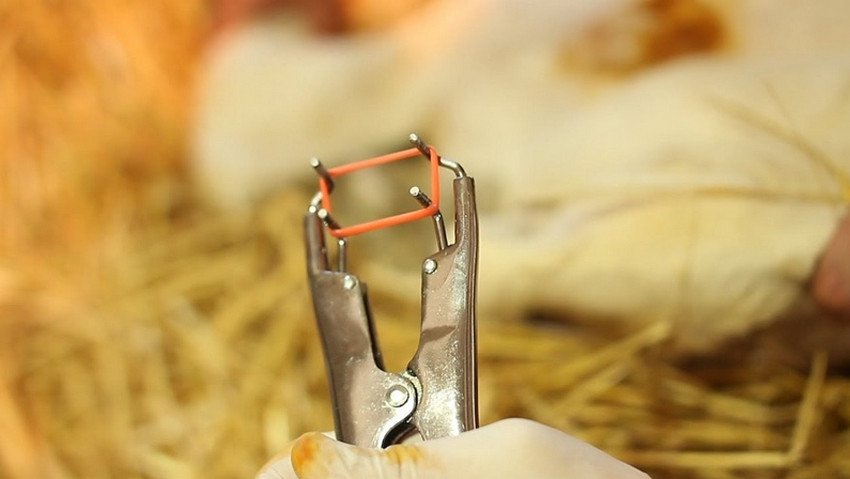
Destruction of the spermatic cord
This variant of castration is a more complex task, involving the use of several different types of forceps (depending on the age of the animal being castrated). In the first days after such an intervention, a slight swelling of the ram’s scrotum is possible, but the general behavior and condition of the animal does not change. The process of performing castration in this case consists of the following sequential actions:
- Fixing the lamb in a comfortable position (usually laid on its back).
- Palpation of the testis with the definition of the spermatic cord (it is more convenient to perform with the left hand).
- Withdrawal of the appendage to the side wall and application of forceps closer to the testis.
- A sharp compression of the tongs levers until a characteristic crunch appears. If you didn’t hear it, then it’s worth reapplying the sponges for 1–1,5 cm and holding the forceps for another 5–7 seconds.
- Repeat the procedure for the second testicle.
 If all the steps were performed correctly, then complete atrophy of the genital organs of the lamb will occur in 5–7 months, and it will be incapable of fertilizing sheep
If all the steps were performed correctly, then complete atrophy of the genital organs of the lamb will occur in 5–7 months, and it will be incapable of fertilizing sheep
Destruction of the testis parenchyma
This method maximally takes into account the biological characteristics of the ram’s reproductive system and its organism as a whole, but, despite this, it is rarely used in practice. The main tool for manipulation in this case is the jaw-shaped forceps, which resemble a spoon in shape: the body of the testis lies on one part of the tool, and the second part captures and destroys the parenchyma. The most suitable sponge size is selected taking into account the age of the ram and the size of its gonad.
From a technical point of view, all actions should be performed in the following order:
- The animal is fixed in a lateral position on a pre-prepared site.
- His testis is placed in the concave part of the forceps and pressed with another sponge.
- The lower handle rests on the ground, and then with a sharp movement on the other lever, the sex gland is destroyed (a characteristic crunch should appear).
- Similar actions are performed with another testis, after which it is worth assessing the extent of the damage: the membranes must be torn, and the loose tissue should fill the testis.
Important! If, as a result of the performed manipulations, seals are noticeable in the testes, they must be crushed again by pressing the forceps again.
Usually, no side effects from such a procedure are observed and the integrity of the skin is not violated. Sheep recover quickly and do not require any special care during the rehabilitation period. At the same time, cases of regeneration of the testis were recorded, which was the reason for distrust of the method and its rare use.
Bloody
The bloody ways of castrating rams require more knowledge from the farmer than the previous group. This is due to the need to break the skin and the possible ingress of infection into the body, therefore, in order to prevent undesirable consequences, it is worth using antiseptic medications and using only sterile instruments. Distinguish between closed and open methods of performing castration.
Closed way
This option can be used to castrate rams of any age, but usually these are animals aged 2-6 months. Of the tools, a scalpel, scissors, iodine tincture, tongs (Telyatnikova and Zanda), as well as a disinfectant powder (like streptocide or penicillin) are useful.
Important! It is desirable to carry out operations of this kind in the cold season, when there are no flies and other insects that can carry various infections. In addition, wound healing at this time will not be complicated by constant warming of the skin due to heat.
Instructions for performing castration by a closed method:
- Fix the animal in a comfortable position.
- Make injections of 0,5% novocaine, 5–10 ml into each testis.
- Remove hair from the skin of the scrotum.
- Treat the surgical field with prepared iodine.
- Pull the skin of the scrotum down, while removing the testis up.
- Cut off the top of the scrotum with sharp scissors.
- Remove the skin to the inguinal rings, with the extraction of the testes in the vaginal membrane.
- Clamp the spermatic cord and blood vessels with forceps sponges.
- Cut off the testicles with a scalpel 1 cm below the clamp.
- Lay an antiseptic in the surgical wound.
Over the next few days after the procedure, lambs and reared bulls should be kept separately and only in a clean barn, constantly monitoring the condition of the wound.
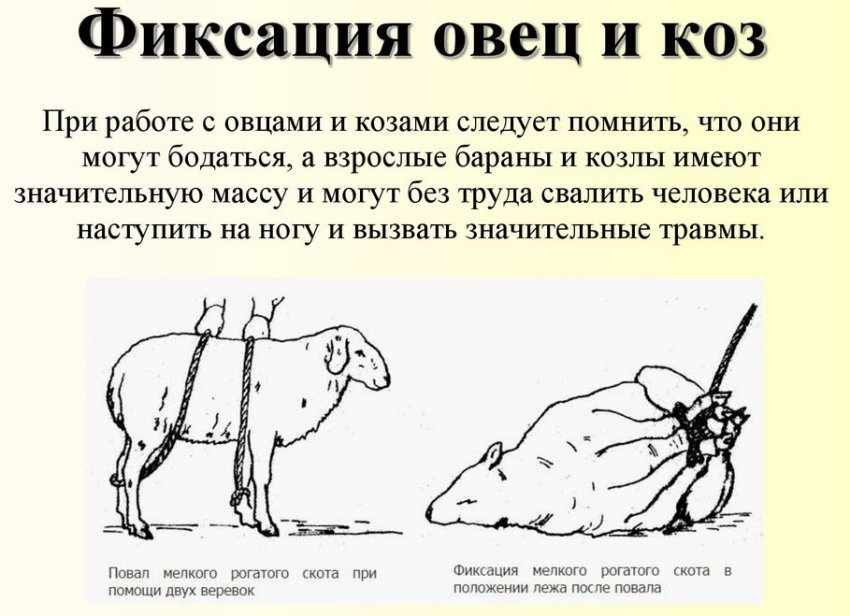
Open way
Open operations are performed by transverse incisions in the lower part of the scrotum or by cutting off its bottom. With low prolapse of the scrotum and sclerosis of the skin during the castration of rams, it is better not to make longitudinal incisions, since in this case there will be a high probability of accumulation of blood clots in the cavity and the further development of infectious processes.
The castration procedure in an open way is performed as follows:
- Any chosen anesthesia should be drawn up into a syringe and administered at several points in the surgical field (for older animals, the recommended dosage should be increased).
- Then cut the skin in several zones and remove the testicles through the resulting holes, which later need to be tied with a ligature or the spermatic cords should be clamped with tongs.
- At the end of the operation, cover the formed wound surface with an antiseptic, and then keep the rams in a clean paddock.
With a large area of the formed wound, it is worth inserting a small piece of gauze into the cavity, pre-impregnated with iodoform or an antibiotic.
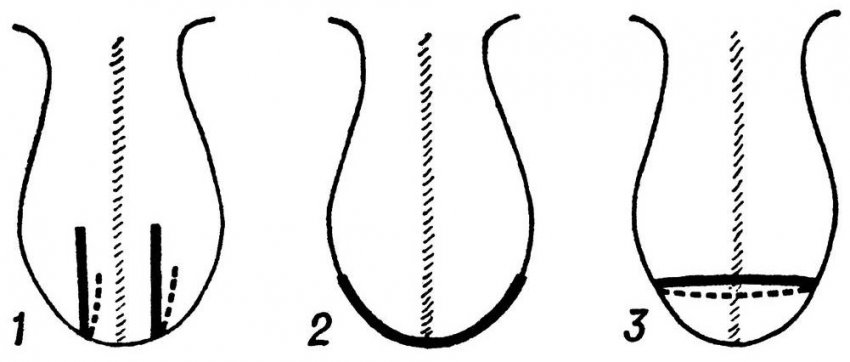 Incisions of the scrotum during castration of bulls, rams and goats: 1 – two incisions parallel to the seam of the scrotum; 2 – incision perpendicular to the seam of the scrotum; 3 – amputation of the bottom of the scrotum
Incisions of the scrotum during castration of bulls, rams and goats: 1 – two incisions parallel to the seam of the scrotum; 2 – incision perpendicular to the seam of the scrotum; 3 – amputation of the bottom of the scrotum
Features of castration of old sheep
Castration of sheep is carried out not only in the case of lambs or young individuals, but also before culling the old livestock before slaughter. In this case, the main goal of the procedure will be to reduce the sexual desire of the animal and eliminate the unpleasant garlic smell of meat (appears as a result of the secretion of sex hormones).
Unlike young animals, the scrotum of mature males is overdeveloped, which directly affects the process of performing the castration procedure.
In this case, the mandatory conditions for work will be as follows:
- Removal of hair from the scrotum.
- Injection of novocaine (10–15 ml of a 2% solution).
- Fixation of the male by carefully pulling the pelvic limb to the head.
- Placement of the doctor from the back of the animal.
- Circular dissection of the skin of the scrotum, up to the vaginal membrane.
- Pulling the spermatic cord out of the abdominal cavity and its further fixation with forceps.
- Cutting off the testicles, together with the scrotum and part of the cord (necessarily below the clamped jaws of the instrument).
At the end of the procedure, the compressed forceps should be left for 2–3 minutes, and then the wound should be sprinkled with an antiseptic and the ram released. To speed up the regenerative processes, it is necessary to put a purse-string suture on the wound opening or to bring the edges of the cult together with a few simple sutures. In the next 20–30 days, it is advisable to keep the ram in a separate pen, regularly inspecting and treating the wound with antiseptic agents.

Incomplete castration
Incomplete castration of rams is rarely used in the practice of farmers, which is explained by the extremely dubious effectiveness and heavy workload on the surgeon. In addition, this option would only be appropriate for young lambs aged 2-3 months.
The main stages of incomplete castration largely coincide with the sequence of actions when using other possible process options:
- The fixation of the ram is performed in the standard way, when the assistant holds the animal by the hind limbs, while simultaneously pressing it to the table with the sacral spine.
- As soon as it is immobilized, its scrotum is cleaned of hair, gently treated with iodine or alcohol, and then the testis is moved to the surgical field by pulling the skin.
- In this position, the skin is punctured with an abdominal scalpel, and at a time it is necessary to make incisions in all layers and insert the blade into the testis, deepening it by about 1 cm (the exact values uXNUMXbuXNUMXbdepend on the size of the gland).
Video: Partial castration of a ram
By turning the scalpel, it is possible to achieve the destruction of the tissues of the penis, and after removing the instrument, all that remains is to carefully remove the parenchyma by pressing the fingers. Unfortunately, it is far from always possible to completely extract it, which means that the remaining part of the testis is able to regenerate and contribute to the restoration of the ram’s sexual function.
Complications after castration
Observing all the rules for performing castration, we can say with great confidence that there are no side effects from this procedure.
But to increase the chances of a successful outcome of events, it is important to follow a few simple rules:
- It is desirable to keep postoperative individuals only in previously prepared clean pens, with minimal humidity.
- Until the moment of complete healing of the wound surface and atrophy of the testicles, sheep should be examined daily and, if necessary, the operation site should be additionally treated with antiseptic compounds (if clots of pus or bloody discharge appear, in addition to superficial exposure, a course of antibiotic treatment will have to be carried out).
- The diet of sheep or rams in the postoperative period should be developed taking into account the recommendations of a veterinarian.

Violation of these recommendations and other adverse environmental factors can complicate the condition of the lambs, especially when it comes to open surgery.
The list of the most common problems includes:
- Prolapse of the vaginal membrane, spermatic cord or intestinal loop (with timely elimination of the problem, it will not affect the successful outcome of events).
- Bleeding as a result of slipping of the ligature from the spermatic cord (sometimes a second suture is required).
- The development of inflammatory processes with an increase in body temperature.
- The accumulation of clotted blood and its infection with bacteria, which without proper treatment can result in gangrene of the scrotum, the development of peritonitis and general blood poisoning with a further fatal outcome.
To minimize the likelihood of any of these violations, always monitor the sterility of the devices during the operation, as well as the further cleanliness of the maintenance of the operated animals. At the slightest doubt in your abilities and the appropriateness of independent castration of sheep, you should not risk their health and life, it is better to entrust the matter to professionals.
